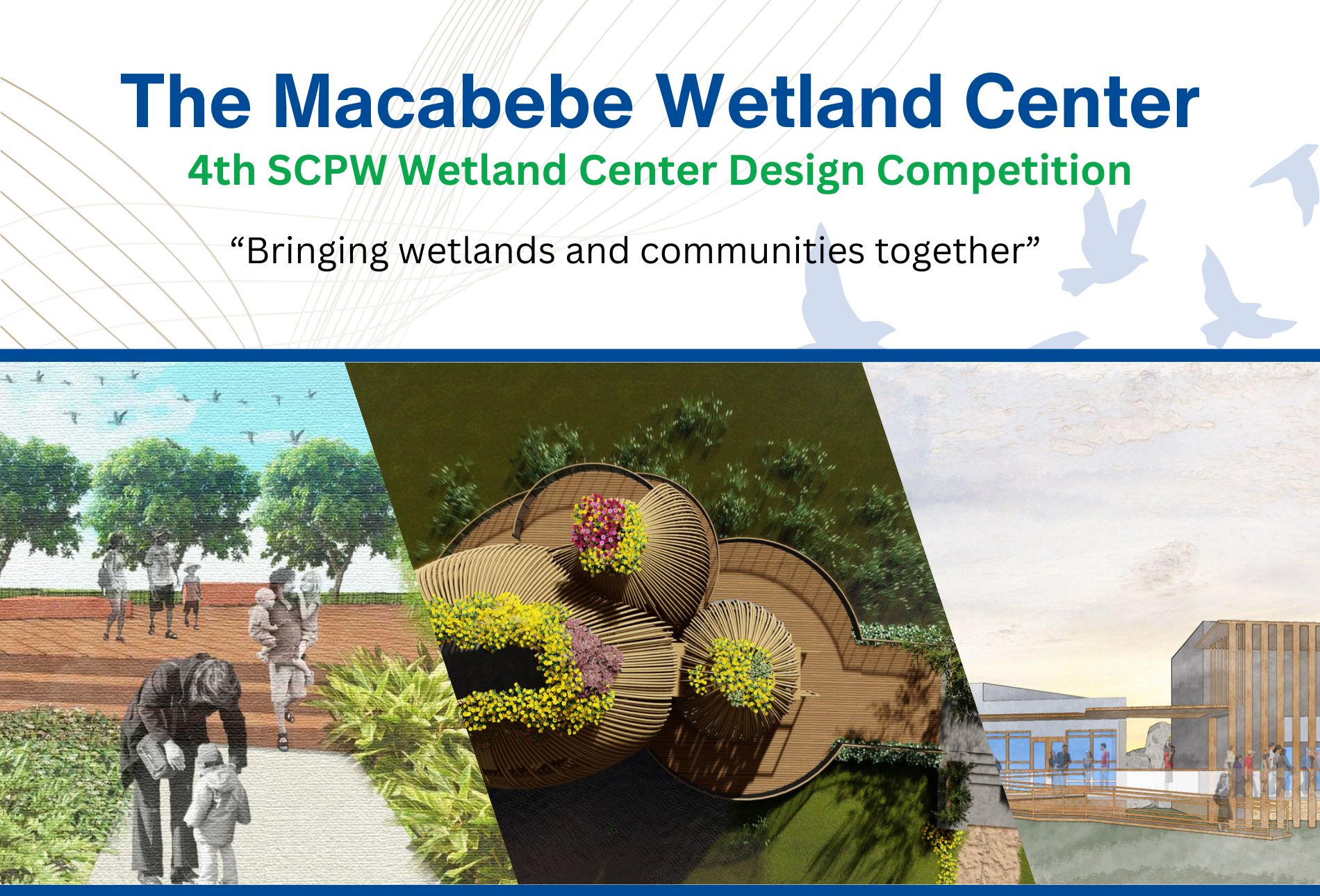Background and Introduction
The Ramsar Convention’s CEPA* Programme encourages the establishment of Wetland Education Centres (or simply called Wetland Centres), recognizing their value in promoting the Convention on Wetlands’ principles of wetland conservation and wise use. This in turn helps ensure that wetlands provide essential ecosystem services including benefits to health and well-being of people.
As defined by Wetland Link International (WLI), a wetland centre or wetland education centre or wetland learning center is “any place where there is interaction between people and wildlife and CEPA activity occurs in support of wetland conservation” (see www.wli.org.uk). Wetland centers by convention have tended to comprise a wetland site with associated interpretative signage, trails, possibly an exhibition, and a dedicated visitor center building that tells stories about wetlands (including the specific wetland in question), their biodiversity and conservation. But the world of wetland centres is growing fast and in some ways is outgrowing the classic WLI definition.
Wetland centres connect people with nature and raise their awareness of wetland values and sustainable lifestyles. They could be high-tech centres designed to welcome significant numbers of visitors, or simple, embryonic, non-staffed centres giving small numbers of people a limited but effective wetland CEPA experience. Whatever the form and size of these wetlands and wetland centres, they are primarily places to relax and engage with nature.
The design and construction industry is a known contributor to greenhouse gas emissions that lead to global environmental change. As a responsible industry, the next generation of professionals working in design and construction need to be exposed and equipped with the knowledge and experience that is essential to combatting a worsening climate change and its harshest effects – disasters, water scarcity, intense urban heat, food security, and others. Design, engineering, and planning students in tertiary education, who are the next in line to take the reins of development in the country are critical partners in ensuring a future that commits to a vision of sustainable development.
This is the fourth competition of its kind that will be staged by the SCPW with its esteemed partners. The previous three were held for Lumban Delta in Laguna (2005), Candaba Wetlands in Pampanga (2009), and Pasig River (2013) in Metro Manila. The Wetland Center Design Competition provides a venue for students in the field of construction and design to showcase their skills, know-how, and talents in designing architecture through a practical approach of an ‘economy of means’ that works towards a specific environmental problem.
*CEPA means Communication, Capacity Building, Education, Participation and Awareness. The Ramsar Convention is the Inter-Governmental Treaty on the Wise Use and Conservation of Wetlands of which the Philippines is a Party.
What is the purpose of the competition?
The competition hopes to inspire students to engage and act action on the socio-civic and economic issues in their community by finding workable solutions towards building a sustainable future.
It aims to educate and enlighten future architects, designers, engineers, and planners on how buildings can contribute to attaining sustainable development through green and nature-based architecture, sustainable planning, and wetland ecosystems conservation.
The competition also targets future leaders in the design and construction field that will take on the mantle for sustainable development advocacy in the country by inspiring others to take action on sustainability in the natural and built environments.



